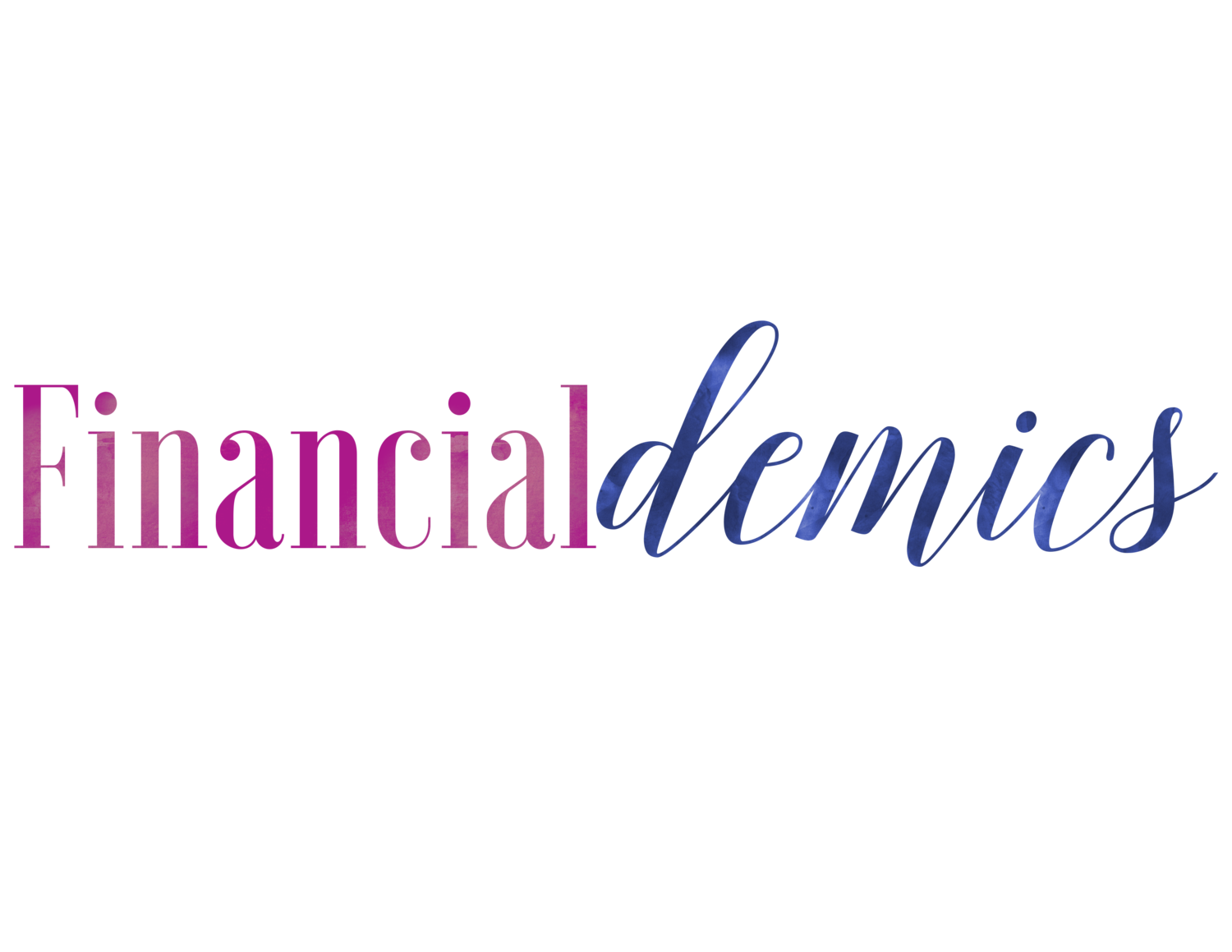I still have debt, I am currently paying off 2 student loans, they were originally multiple loans that I consolidated into two separate loans (subsidized and unsubsidized) and I have a mortgage on my home turn investment property.
In the past, I’ve had multiple credit cards and car loans, but didn’t realize they were holding me back until I decided to get my Ph.D. in Accounting. I had the opportunity to go to school for free (no more student loans) and get paid a yearly stipend for $24,000 a year but there was a problem. How was I going to keep up with my debt payments and pay living expenses on $24,000 a year?
This was the moment I decided that I needed to pay off my credit cards and downsize & pay off my car. I didn’t like being held back by my debt and it did not feel good.
There were 7 steps that helped me pay off $48,000 of debt and these are the same steps I'm using to pay off my student loans and the mortgage on the house.
1. Commit to paying off debt
I don’t about know about you but I can have every intention to do something but if I don’t commit to it in my head it’s not happening. I am creating a plan to pay off my credit card debt and car loan. In addition to committing to pay off my debt, I wrote down my why. I had a lot of whys but the main reason was I didn’t want to be held back by my debt.
“I didn’t want to be held back by my debt.”
2. Determine how much debt you owe
In order to make a plan to attack your debt, you have to know how much you actually owe. List out your debts and include the following details, name of the debt, current balance, minimum payment, interest rate, and monthly interest charge. Side note: The monthly interest charge is important because it shows you in dollars how much is added back your balance after you make a payment. Knowing your card charges 12% or 19.99% interest doesn't always equate to dollars in your head but if you have a minimum payment of $125 and the monthly interest charge is $75. That will hurt your feelings. If you are not sure what or who you owe, pull your free credit report from www.annualcreditreport.com as a guide.
3. Stop adding new debt.
You can’t pay down your debt if you keep adding to it. If you can’t afford to cash flow a purchase, try to find a way to get the money for the purchase, first, like working overtime, a quick side hustle, selling items, etc. If it is an emergency situation and you cannot find any other way to pay then make sure you add the new debt to your list. Don't let it keep you from continuing your plan.
4. Calculate how much you can put toward your debt each month (outside of your minimum payment).
This is the point where creating a budget comes into the picture if you haven’t created one before. Creating a budget will give you a view of how much money you have left over after you pay all of your bills to put toward your debt. Make sure you include fun money in your budget.
If you don't have any money left over, check out this post to find out what to do next and this post on side hustles.
Related Posts:
30+ Side Hustles For Extra Income
Also, if an unexpected expense comes up while you are paying off your debt take it from your extra debt payment first.
5. Decide what method you are going to use to pay off debt.
There are two popular methods to pay off debt, the Debt Snowball and the Debt Avalanche, but you can also create your own Custom method based on what debts get on your nerves the most and Snow flaking.
The Debt Snowball method was made famous by Dave Ramsey. In this method, you pay your debts from the smallest balance to the largest balance. It gives you the motivation to keep going because you will be paying off your debts fast but you will pay more interest using this method.
In the Debt Avalanche method, you pay off your debts from the highest interest rate to the lowest interest rate. You will pay less interest using this method but you may have moments where you may want to give up because it's taking a long time to paying off one debt. To avoid this you can create goal milestones to keep you motivated (see more about this below).
The Custom method, there is no rhyme or reason to this method, it is strictly based on emotion (Note: If you owe the IRS, pay them off first because they will garnish your wages). Think about which debt are you tired of paying, who is harassing you or who keeps applying for your payment wrong? That's the order you use to pay off your debt. This method reduces the stress associated with certain debts, but you may pay more interest. I had the so many problems paying off my student loan with Sallie Mae. Since I couldn’t consolidate the loan, I paid it off quickly because hey would not apply to extra debt payments properly.
Snow flaking is the little cousin of the debt snowball method, so you will still make the minimum payment on all your debts and list your debts from smallest to largest, but instead of putting a large amount toward your debt monthly, you make smaller payments toward your debt more often. The smaller payments comes from saving money, extra money received, weekends jobs, selling items, etc. The great thing about the snowflake method is you can use it by itself or in conjunction with any of the payment methods mentioned above.This method will also keep you motivated to keep going so you give up on paying off your debt.
6. Create Goal Milestones.
No matter which pay off method you choose, you should set goal milestones with small rewards so you can avoid debt fatigue. Your goal milestones should be in increments that allows you to make progress but doesn’t make you feel overwhelmed. Setting using an amount instead of by each debt will help you avoid debt fatigue and frustration while paying off larger debts, like your car loan. You should also decide on your rewards (things you really want) ahead of time, so you have something to look forward to. You can set your rewards to increase with each goal ( like cold stone ice cream, mani/pedi, dinner at your favorite website) or create a rewards box or jar that you can pick from every time you reach another goal milestone. Here is an example of a debt pay off milestone: Each time I pay off $500 I get to pick a reward from the jar. I already mentioned a few reward ideas but you could also add spa treatments, getting your hair done, a day trip, your favorite dessert, shopping (with a preset budget), etc.
7. Get an accountability partner.
You need someone to keep you on track because sometimes it can get hard on your own. Now to be clear, this person is not here to boss you around. They will check in with you and your progress, talk you off of the ledge if there is a point where you want to take your extra debt payment money and go to the opening day of the newest high-end fashion designer collaboration with Target. Most of all this person loves you, supports you, will not judge you and want you to win.
I hope these steps were helpful for you and will benefit you in your debt pay off journey. Once you start paying off your debt, if something comes up that slows down progress, keep going don't let that stop your progress and keep revisiting your why.















